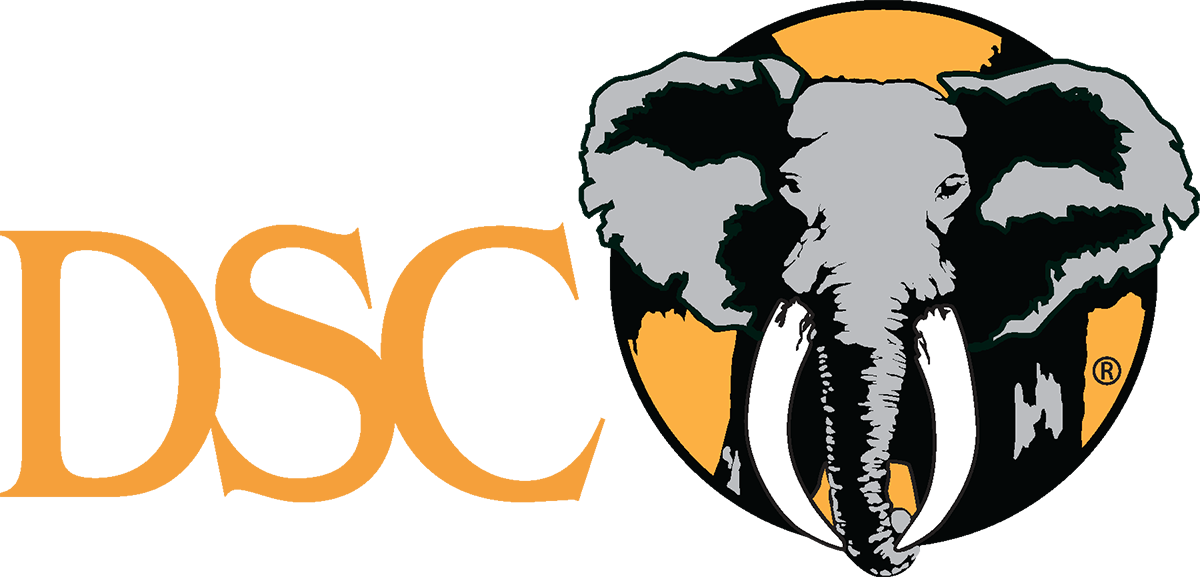Only a fraction of millions of illegal wildlife goods are confiscated.
On July 4, Hong Kong custom officials intercepted the largest seizure of ivory on record. The 7 tons, or almost 16,000 pounds, of ivory were hidden in shipment containers labeled as frozen fish. Three people have already been arrested for their involvement.
Just a few days later, almost 3 tons of ivory were discovered in the back of a semi-truck on a shipping route in Vietnam.
Currently, this week’s New York Times highlights the illegal wildlife trade. Only “10 percent of global trade in banned wildlife is intercepted.” The photographs in the article show an astounding array of illicit wildlife products.
The Hong Kong investigation has revealed that the seized ivory likely came from 700 to 1,000 elephants. Investigators determined that the ivory was probably poached from Central African forest elephants, including many calves.
If the ten percent figure is accurate, the true magnitude of the illegal wildlife trade is difficult to imagine, given the alarming number of seizures around the world weekly.
When New York Times readers open the page and see the photos of a brown bear head, an elephant foot and a fur and python coat, who will they associate with these objects? Poachers? Hunters? Or both?
Without knowing any hunters personally, those readers may find it easier to cast the blame on hunters and “other people” like that.
How do we as the hunting community stop this?
Sources: New York Times, TRAFFIC and Phys.org



